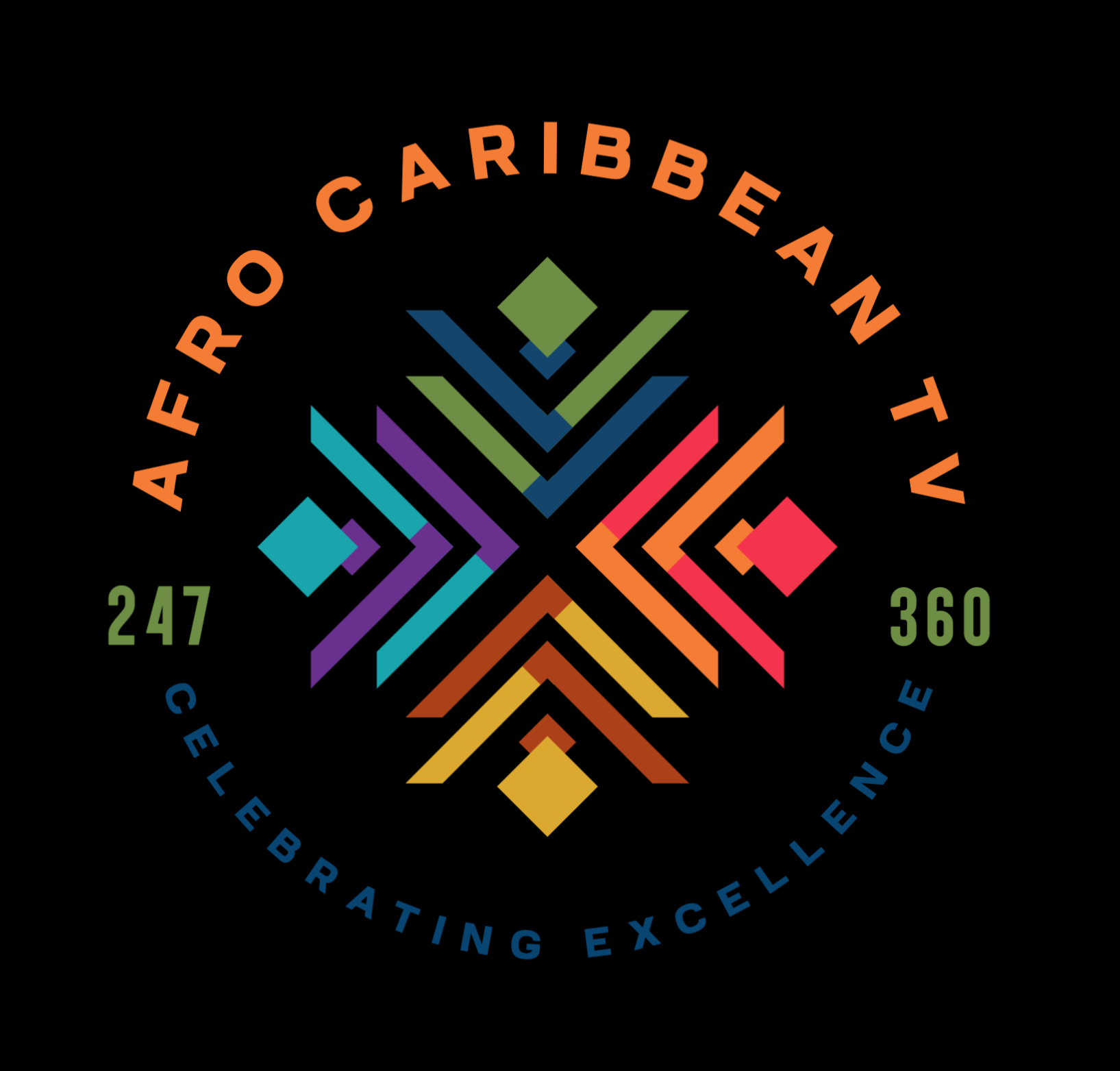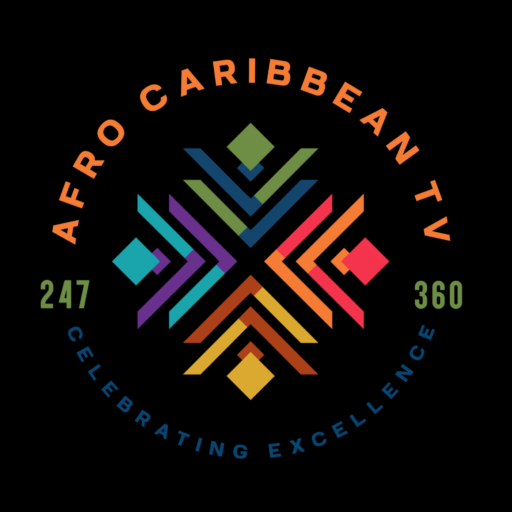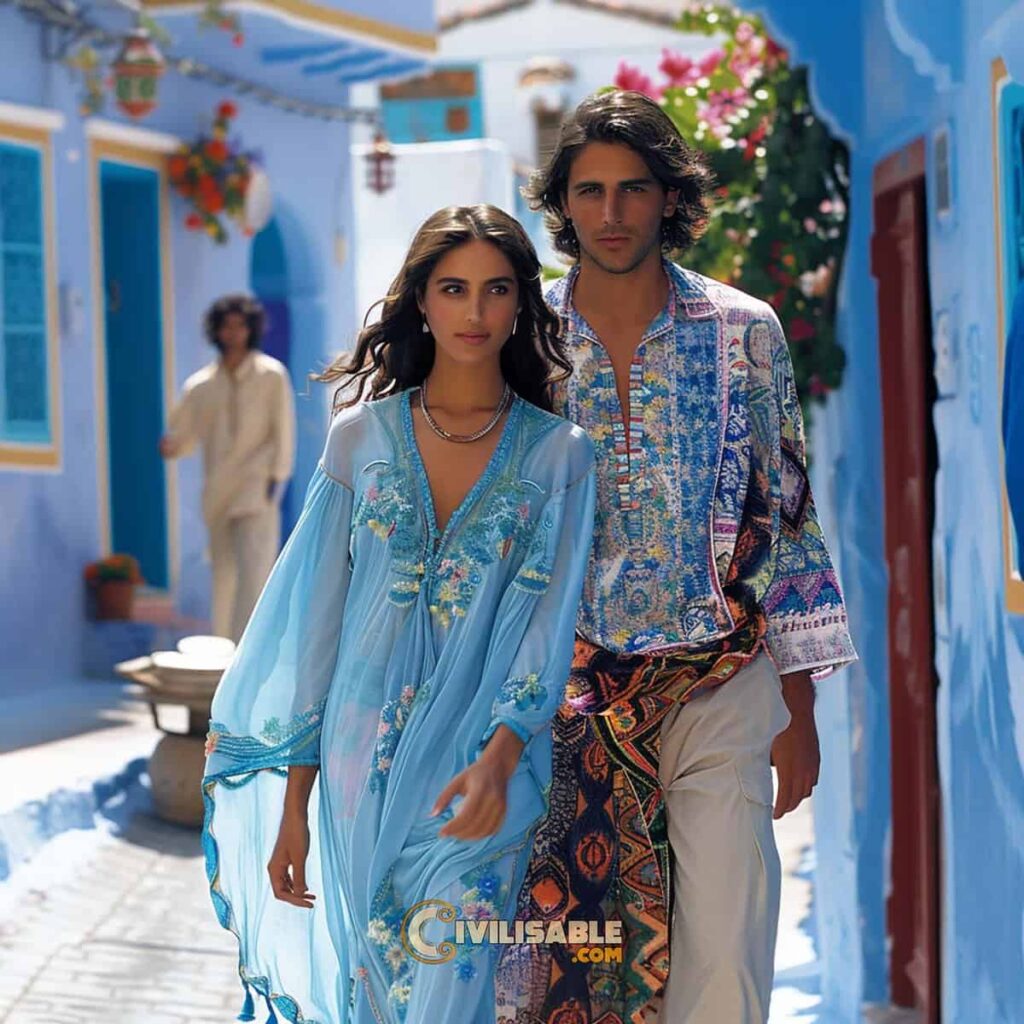Morocco has a rich cultural heritage, and its traditional dress reflects centuries of history, Islamic influence, Berber identity, and Andalusian elegance. Here’s a breakdown of the main traditional garments worn in Morocco:
Traditional Dresses for Women
1. Caftan (Kaftan)
- Style: Long, flowing gown often made of silk or velvet with intricate embroidery and beadwork.
- Occasions: Weddings, parties, Eid, and formal events.
- Fun Fact: Moroccan caftans are internationally recognized and even featured in Paris Fashion Week!
2. Takchita
- Style: A two-piece version of the caftan – an underdress (Tahtiya) and an overdress (Dfina) with a belt (Mdamma).
- Occasions: Worn by brides and women at weddings and festivals.
- Features: Often heavily decorated and colorful.
3. Hayek (Haik)
- Style: Large white or cream-colored fabric wrapped around the body and head, traditionally worn by older women.
- Cultural Roots: Represents modesty and elegance, common in rural and older urban areas.
Traditional Clothing for Men
1. Djellaba
- Style: Long, loose robe with a pointed hood (called a “qob”).
- Worn by: Both men and women (different designs), especially in cooler weather.
- Material: Wool in winter, cotton in summer.
2. Gandoura
- Style: Sleeveless or short-sleeved robe, lighter than a djellaba.
- Often worn with: A red fez (tarbouche) and leather slippers (balgha).
3. Tarbouche (Fez Hat)
- Style: Flat-topped red felt hat with a tassel.
- Symbol: National pride and tradition.
4. Babouche (Balgha)
- Style: Traditional Moroccan leather slippers, usually yellow for men and more colorful for women.
- Handmade: Often crafted in the souks of Fes or Marrakech.
Regional & Berber (Amazigh) Clothing
1. Amazigh (Berber) Dresses
- Features: Brightly colored garments with bold jewelry, silver, and beads.
- Worn in: Atlas Mountains and Berber villages.
- Accessories: Heavy silver jewelry, headdresses, and tribal tattoos (in some traditions).
2. Woolen Capes (Burnous)
- Style: Thick wool cloaks used in mountain regions to protect from the cold.
- Cultural Use: Common among Amazigh shepherds and villagers.
Bonus: Modern Twists
Today, Moroccan designers blend traditional styles with modern cuts, creating a fusion seen at weddings, festivals, and global runways.


